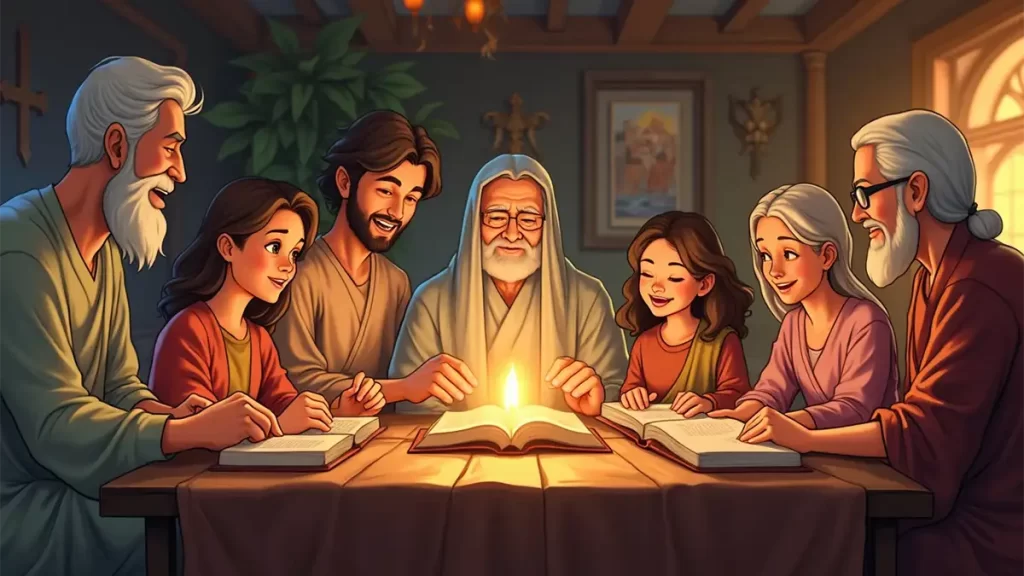Strengthening Intergenerational Communication Through Faith and Tradition
In today’s fast-paced world, where everything changes so quickly, it’s more important than ever to keep strong ties between the old and the young.
This is especially true in religious communities, where intergenerational communication isn’t just nice to have—it’s a must.
Why? Because it’s through these talks that the wisdom, faith, and traditions of older generations get passed down to the younger ones.
This isn’t just about sharing stories; it’s about keeping the heart of the community alive and beating.
“Faith is the thread that binds generations together, creating a bridge between the past and the future.” — Pastor John Miller
Let’s explore how faith and tradition can help in bridging generation gaps. By having these important conversations, we don’t just look back—we make sure that what matters most stays strong for the future.
The Role of Faith and Tradition in Intergenerational Communication
Faith and tradition are like the glue that holds many families and communities together. When it comes to intergenerational communication, these two elements play a huge role in connecting different generations.
“Sharing faith isn’t just about passing down teachings—it’s about nurturing the soul of the community.” — Rabbi David Cohen
Older folks often feel a deep sense of duty to pass on their religious teachings, customs, and family stories. These aren’t just any stories—they’re treasures that keep the community’s spirit alive.
They know it’s up to them to ensure that the younger generation stays rooted in the beliefs that have guided their lives.
For the younger crowd, the job is to listen and learn, even if it feels like the world outside is pulling them in different directions. But by bridging generation gaps through these faith-filled conversations, younger folks can see why these traditions and beliefs are so important.
When intergenerational communication is rooted in faith and tradition, it becomes a powerful way to strengthen family bonds. It reminds everyone that they’re part of something bigger, something that stretches back through time and will continue into the future.
Practical Tips for Faith-Based Communication Across Generations
Having meaningful intergenerational communication isn’t always easy, but it’s definitely worth it. Here are some simple tips to make sure these conversations are both respectful and helpful.
- Set Aside Time for Faith-Based Talks
Make it a habit to have regular family or community discussions focused on faith. These moments give everyone a chance to share what’s in their hearts. - Encourage Storytelling
Older folks have stories that show how faith helped them through tough times. Encouraging them to share these stories makes conversations more interesting and helps the younger generation understand the importance of beliefs and practices.
“The power of storytelling lies in its ability to connect hearts, especially across generations.” — Dr. Sarah Thompson, family therapist
- Foster Respect and Open Minds
For intergenerational communication to work, both sides need to approach the conversation with respect. This isn’t about who’s right or wrong; it’s about learning from each other. - Use Religious Texts to Guide Conversations
Religious texts offer common ground. By discussing passages from sacred texts, both young and old can find shared meanings that help bridge the gap. - Get the Whole Community Involved
Intergenerational communication shouldn’t just happen at home; it can also be a community affair. Plan events where everyone—from the youngest to the oldest—can come together, share, and learn from one another.
Real-Life Examples and Religious Teachings
In many religious communities, intergenerational communication has always been key to keeping families and congregations close-knit.
“Traditions are not just rituals—they are the foundation on which communities are built.” — Imam Ahmed Khan
Take, for instance, the Jewish tradition of Passover. During the Seder meal, the story of the Exodus is told again and again. Elders pass down the history and meaning of this event to the younger generation, ensuring that the story—and the faith—live on.
Similarly, in many Christian families, Sunday dinners after church are more than just meals. They’re a time for grandparents to share Bible stories, life lessons, and the importance of living a Christ-centered life.
These examples show how bridging generation gaps through religious traditions doesn’t just keep faith alive—it strengthens the bonds between family members.
Challenges and Solutions from a Religious Perspective
Even with the best intentions, intergenerational communication can hit a few bumps in the road. Different views on faith, shifts in attitudes, or the busyness of life can all get in the way.
Challenge 1: Different Interpretations of Faith
Sometimes, younger generations see things differently than their elders. The key is to approach these differences with humility and a willingness to learn from each other.
Challenge 2: Resistance to Tradition
Younger folks might push back against traditions, seeing them as old-fashioned. But instead of getting frustrated, elders can explain why these practices matter. Flexibility is sometimes needed to keep traditions alive in today’s world.
“Traditions don’t have to be rigid—they can adapt while still holding true to their core values.” — Dr. Ellen Roberts, cultural historian
Challenge 3: Finding Time for Meaningful Conversations
Life is busy, and it’s not always easy to find time for intergenerational communication. Making these conversations a priority, even during a weekly call or holiday gathering, can make a big difference.
Conclusion
In conservative and religious communities, intergenerational communication isn’t just about talking—it’s about keeping faith, values, and traditions alive.
By making an effort to have these important conversations, we can ensure that our beliefs guide us and our children, now and in the future.
“Faith is a gift passed from generation to generation, ensuring that our light continues to shine.” — Father Michael James
Take a moment to talk with your family—especially the younger ones—about your faith and traditions. Share your stories, listen to theirs, and work together to bridge the generation gap.
In doing so, you’ll not only preserve your heritage but also strengthen the bonds that hold your family and community together.
-

 Best Picks10 months ago
Best Picks10 months agoDriving Insurance: Get the Best Car Coverage Without Overpaying
-

 Best Rewards3 months ago
Best Rewards3 months agoBest rewards credit cards in 2025 for everyday use
-

 Personal Growth & Mindset1 year ago
Personal Growth & Mindset1 year agoTed Lasso Effect: 5 Goal-Setting Secrets You Must Know
-

 Career & Success1 year ago
Career & Success1 year ago30 Key Strategies for Growth: Mindset, Productivity & Wellness
-

 Personal Growth & Mindset1 year ago
Personal Growth & Mindset1 year agoMachado de Assis: This Viral TikTok Explains Why You Need to Read ‘The Posthumous Memoirs of Brás Cubas’ Now
-

 Career & Success12 months ago
Career & Success12 months agoChallenges of Not Having Goals: 5 tips to help you get started









